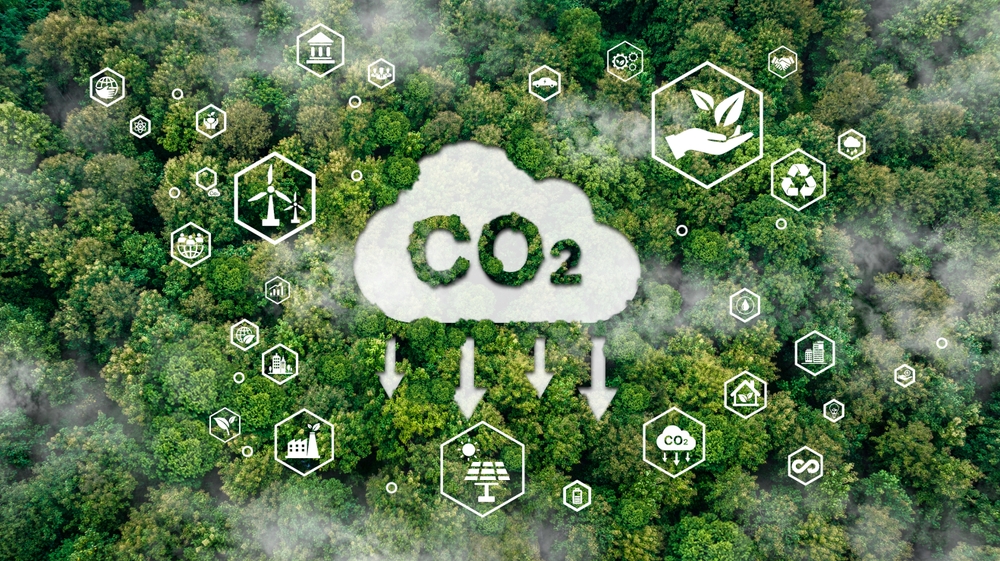In 2024, Google significantly ramped up its environmental efforts by contracting over $100 million in carbon removal credits, far surpassing its initial pledge of $35 million. This move underscores the company’s dedication to mitigating its carbon footprint and supporting innovative solutions to combat climate change.
Diverse Carbon Removal Strategies
Google’s approach to carbon removal is multifaceted, involving various innovative methods:
-
Enhanced Rock Weathering (ERW): In December 2024, Google entered into a substantial agreement with startup Terradot to purchase 200,000 tons of carbon removal credits. ERW accelerates the natural process where rain weathers rocks, trapping CO₂. Terradot’s method involves spreading crushed basalt rock over large areas, enhancing CO₂ sequestration and improving soil health. This partnership aims to scale ERW as a viable carbon removal solution.
Direct Air Capture (DAC): In September 2024, Google signed an agreement with DAC technology company Holocene to deliver 100,000 tons of carbon removal credits at a record low price of $100 per ton. Holocene’s technology uses advanced chemical loops to extract CO₂ directly from the atmosphere, which is then stored underground. This partnership aims to make DAC more economically viable and scalable.
Biochar Production: In January 2025, Google announced long-term purchase agreements with Indian startup Varaha and Charm Industrial to each provide 100,000 tons of biochar-based carbon removal by 2030. Biochar, a form of charcoal produced from biomass, sequesters carbon when applied to soil and enhances soil health. Varaha’s project in Gujarat, India, focuses on converting an invasive plant species into biochar, addressing both carbon sequestration and ecological restoration.
Nature-Based Solutions: In May 2024, Google, along with Meta, Microsoft, and Salesforce, co-founded the Symbiosis Coalition, committing to purchase up to 20 million tons of high-quality nature-based carbon removal credits by 2030. This initiative focuses on projects like forest and mangrove restoration, emphasizing conservative accounting, durability, social and community benefits, ecological integrity, and transparency.
Collaborations and Industry Impact
Google’s efforts extend beyond individual projects, involving collaborations with other tech giants and startups to drive innovation in carbon removal:
-
Frontier Initiative: Google is a participant in the Frontier initiative, a $1 billion advance market commitment to accelerate the development of carbon removal technologies. This initiative aims to send a strong demand signal to the market, encouraging the development and scaling of innovative carbon removal solutions.
Investment in Emerging Technologies: Google has invested in startups exploring novel carbon removal methods, such as CREW and CO₂80. CREW uses alkaline minerals in wastewater treatment to trap CO₂ as bicarbonate, while CO₂80 installs carbon capture devices at pulp and paper mills. These investments aim to diversify and scale carbon removal approaches.
Challenges and Future Outlook
While these initiatives mark substantial progress, challenges remain:
-
Measurement and Verification: Accurately measuring and verifying the effectiveness of carbon removal methods, especially nature-based solutions, is complex and requires ongoing research and development.
-
Scalability and Cost: Scaling innovative carbon removal technologies to a level that makes a significant impact on global emissions is a considerable challenge, often hindered by high costs and technological limitations.
-
Environmental and Social Considerations: Ensuring that carbon removal projects provide ecological benefits and equitably involve local communities is crucial for their long-term success and acceptance.
Looking ahead, Google plans to continue expanding its support for various carbon removal solutions, aiming to find scalable methods that maximize environmental impact. By investing in a diverse array of projects and collaborating with industry partners, Google hopes to accelerate learning and development in the field of carbon removal, contributing to global efforts to combat climate change.
Google’s 2024 investments in carbon removal reflect a comprehensive strategy to address its environmental impact through innovative and scalable solutions. The company’s commitment to diverse carbon removal methods, collaborative initiatives, and substantial financial investments underscores its role as a leader in corporate climate action.





